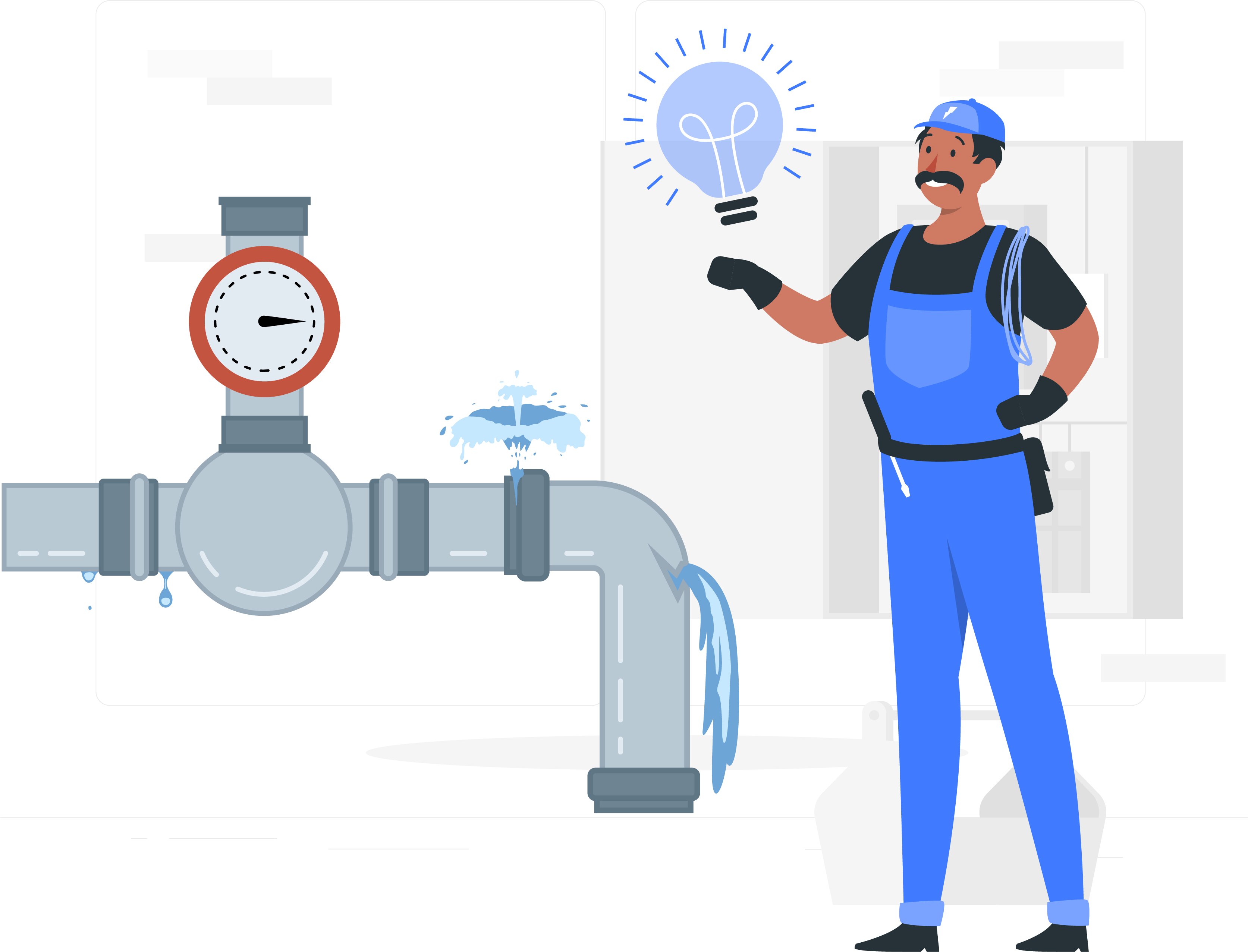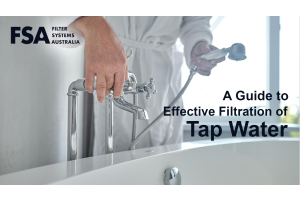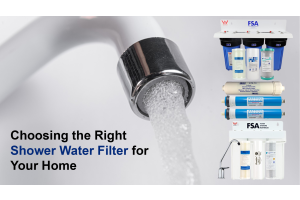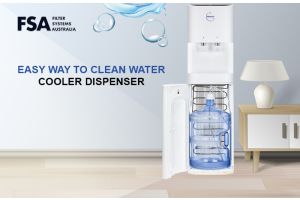

Water is an inevitable resource that we need to survive on this planet. However, most of us may not realise what importance water has in our day-to-day life, besides consumption, until they run into a problem with their water supply and are unable to do different sorts of household tasks.
We have all struggled with rinsing the shampoo out of your hair, waited hours for the washing machine to complete a cycle, dealt with taps taking forever to fill a bathtub or sink, washed hands under a tickle of water, dealt with clogged drains and other plumbing situations at some point in time which were bad enough to call in a plumber. But what happens when it turns out that the issue is not with the plumbing or drainage system, but with the flow of water.
Low water pressure is when the water dribbles out of plumbing fixtures like taps or shower heads, in a thin stream instead of gushing out at a full speed and in full volume. While it might not seem like a big issue, but it can certainly cause nuisance and hassle in simple daily tasks. Everything from showering to doing laundry or dishes and many other activities will take more time to complete than they usually do, resulting in frustration and delays. While low water pressure from just one fixture can be addressed by fixing that one fixture or plumbing pipes attached to it, low water pressure issues across the whole house indicate toward different problems. If you notice water dribbling from many of your home plumbing fixtures rather than gushing out smoothly, the first thing to do is determine the cause.
Here are some reasons why you may be experiencing slow water flow in your home:
Too Much Demand on Water:
Sometimes, you may experience a slow water flow when you have multiple plumbing fixtures on at the same time. This happens when your water supply has to too high of a demand to be able to maintain proper pressure in every fixture. If divided water flow is the reason you are experiencing low water pressure across several fixtures, you can try only carrying out one or two tasks at one time so as that you can avoid putting such a high demand on water supply and maintain proper water flow.
Faulty or Outdated Fixtures
In some cases, low water pressure could be a result of faulty fixtures. Minerals, rust, sediments or limestone can build up in shower heads, taps, and other plumbing fixtures over time, obstructing their function and preventing water from flowing smoothly. Not only does this affect the water pressure, but it also negatively impacts the quality of water that comes out of your home fixtures. While simply cleaning the screens or aerators on your fixtures will fix the issue in some cases, at other times, the scale build-up may be severe enough to need the entire fixture replaced.
A Faulty Pressure Regulator
As the name suggests, a pressure regulator is a valve that helps stabilise the input water pressure in your plumbing system to a safe level. When a pressure regulator becomes faulty, the water pressure in your home can either go too low or too high. If there is little to no middle ground between low and high water pressure when you turn on a tap in your house, it is an indication that your water pressure regulator has likely failed.
In case of a failed pressure regulator, you will notice the sudden change in the water flow in all of the fixtures in your home. A faulty pressure regulator can sometimes be replaced with the same brand and size on your own, but in most cases, it is advisable to call a professional to assess and fix the issue.
Clogged Pipes
If you notice water coming out at a normal pressure when you first turn on a tap and then immediately begin to flow in a thin stream, you may be dealing with clogged pipes in your home. Mineral deposits, rust and debris may build up on the insides of pipes over time and cause blockages that can disrupt the flow of water through the plumbing fixtures. If you suspect you have clogged pipes in your home, call a professional plumber to clean them or replace, as required.
Corroded Plumbing
The most serious and potentially expensive reason for low water pressure in your home could be corrosion building up in pipes, especially galvanised steel pipes. The older the pipes, the higher the risk of corrosion. When small sections of pipes are clogged, they can be fixed by cleaning or replacing. But if your pipes get corroded over time, the only solution is to replace the entire plumbing system.
CONCLUSION
Low water pressure can obstruct a number of household tasks and cause much frustration, affecting the quality of your living. Now that you know potential reasons for low water pressure, it is important not to overlook any of the issues mentioned above and make things worse. While some of the issues may seem small enough to be fixed on your own, it is advised that you call a professional to take a look and determine the potential reasons for you low water pressure in your home.
Moreover, as much as important it is to maintain appropriate water pressure, you do not also want to overlook water filtration. Having the best water filter (the one that suits your household needs) in your home can provide you protection against chemicals and contaminants while improving taste, odour and overall quality of water. Water filtration solutions also help prevent issues that cause low water pressure, such as dirt and debris, scale build-up and corrosion. However, your water filter must be sized properly so as to not create a flow loss or a large pressure drop. At FSA, our experts can guide you through hundreds of options to find a suitable water treatment system for your home.



